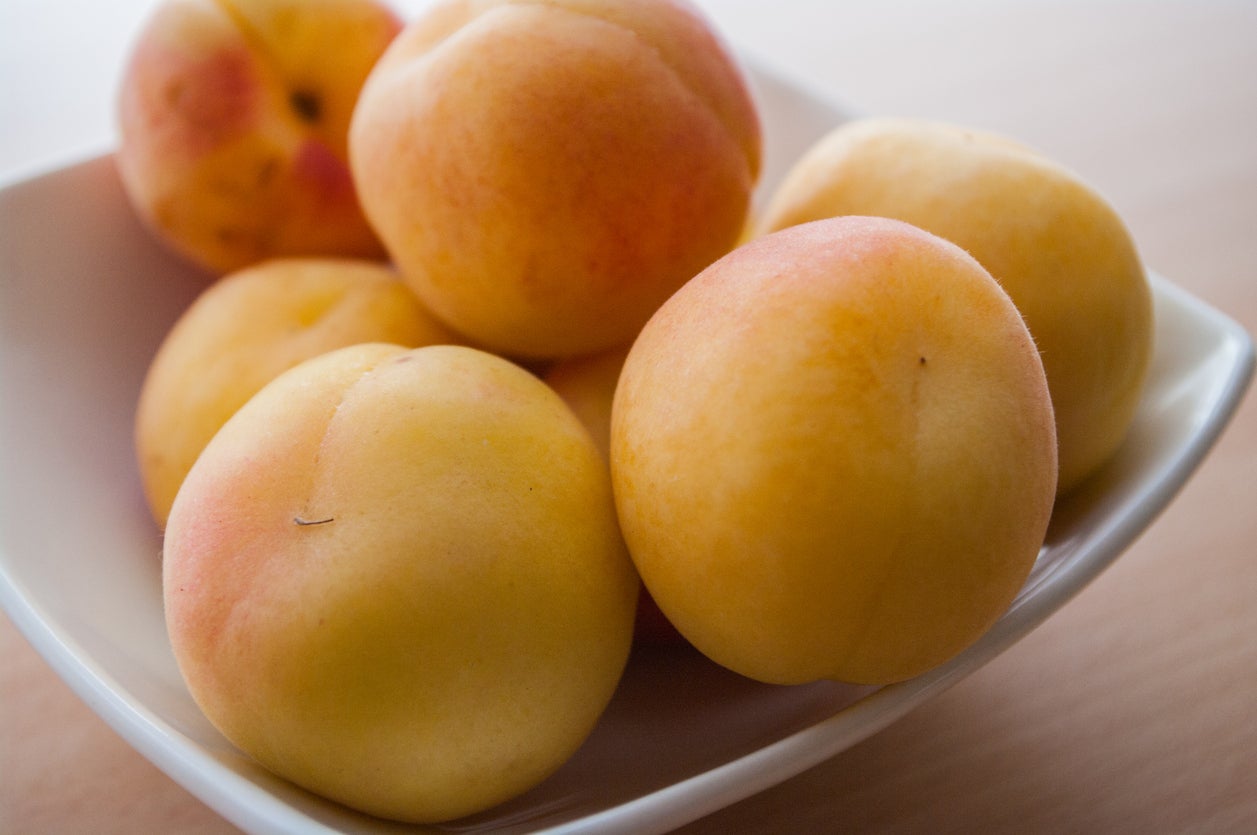Apricot Vs. Armenian Plum – What Is An Armenian Plum


The Armenian plum tree is a species of the genus Prunus. However, the fruit called Armenian plum is actually the most commonly cultivated apricot species. The Armenian plum (commonly called “apricot”) is the national fruit of Armenia and has been cultivated there for centuries. Read on for more Armenian plum facts, including the “apricot vs. Armenian plum” issue.
What is an Armenian Plum?
If you read up on Armenian plum facts, you learn something confusing: that the fruit actually goes by the common name of “apricot.” This species is also known as ansu apricot, Siberian apricot, and Tibetan apricot. The different common names attest to the ambiguity of the origins of this fruit. Since the apricot was extensively cultivated in the prehistoric world, its native habitat is uncertain. In modern times, most trees growing in the wild have escaped from cultivation. You can only find pure stands of the trees in Tibet.
Is an Armenian Plum an Apricot?
So, is an Armenian plum an apricot? In fact, although the fruit tree is in the subgenus Prunophors within the genus Prunus together with the plum tree, we know the fruits as apricots. Since plums and apricots fall within the same genus and subgenus, they can be cross-bred. This has been done in recent times. Many say that the hybrids produced the aprium, plumcot, and the pluot, finer fruits than either parent.
Armenian Plum Facts
Armenian plums, better known as apricots, grow on small trees that are usually kept under 12 feet (3.5 m.) tall when cultivated. Their branches extend into wide canopies. Apricot flowers look a lot like the blossoms of stone fruit like peach, plum, and cherry. The flowers are white and grow in clusters. Armenian plum trees are self-fruitful and do not require a pollinizer. They are pollinated largely by honey bees. Apricot trees don’t bear substantial amounts of fruit until three to five years after planting. The fruit of the Armenian plum trees are drupes, about 1.5 to 2.5 inches (4-6 cm.) wide. They are yellow with a red blush and have a smooth pit. Flesh is mostly orange. According to Armenian plum facts, the fruits take between three and six months to develop, but the main harvest takes place between May 1st and July 15th in places like California.
Gardening tips, videos, info and more delivered right to your inbox!
Sign up for the Gardening Know How newsletter today and receive a free copy of our e-book "How to Grow Delicious Tomatoes".

Teo Spengler is a master gardener and a docent at the San Francisco Botanical Garden, where she hosts public tours. She has studied horticulture and written about nature, trees, plants, and gardening for more than two decades. Her extended family includes some 30 houseplants and hundreds of outdoor plants, including 250 trees, which are her main passion. Spengler currently splits her life between San Francisco and the French Basque Country, though she was raised in Alaska, giving her experience of gardening in a range of climates.
-
 Want The Longest Lasting Hydrangea Flowers? Grow These 8 Panicle Hydrangea Varieties
Want The Longest Lasting Hydrangea Flowers? Grow These 8 Panicle Hydrangea VarietiesFor ornamental shrubs that deliver the longest flowering seasons with plush blooms and delicate hues, these panicle hydrangea varieties are essential in your yard
By Tonya Barnett
-
 Moody Blooms For Spring: 8 Types Of Black Flowers To Add Drama To Spring Displays
Moody Blooms For Spring: 8 Types Of Black Flowers To Add Drama To Spring DisplaysFrom midnight burgundies to inky violets, several types of black flowers can enrich and embolden a spring display. Try these brooding bloomers for a moody garden
By Tonya Barnett